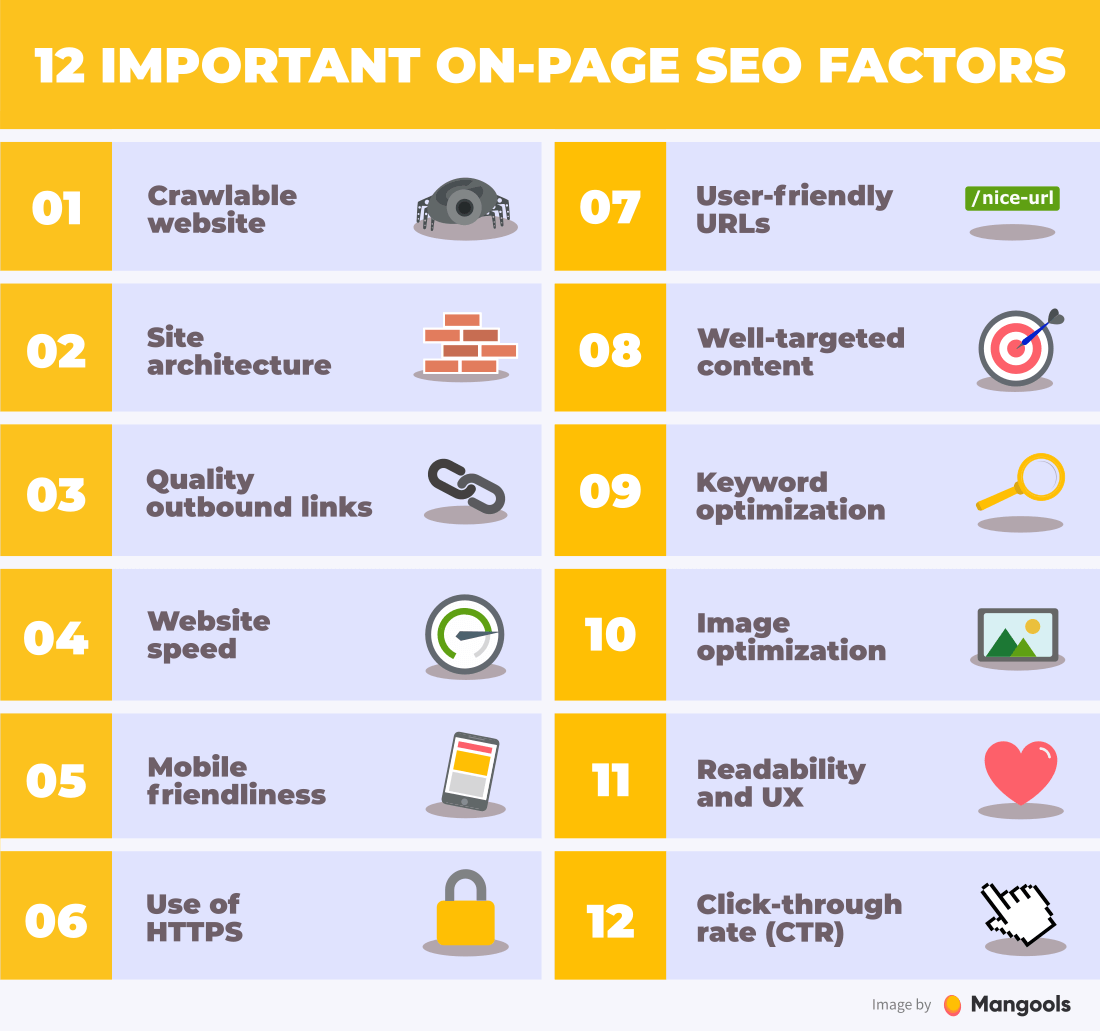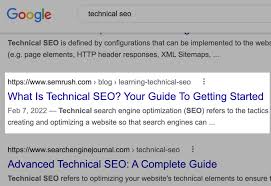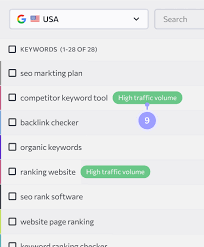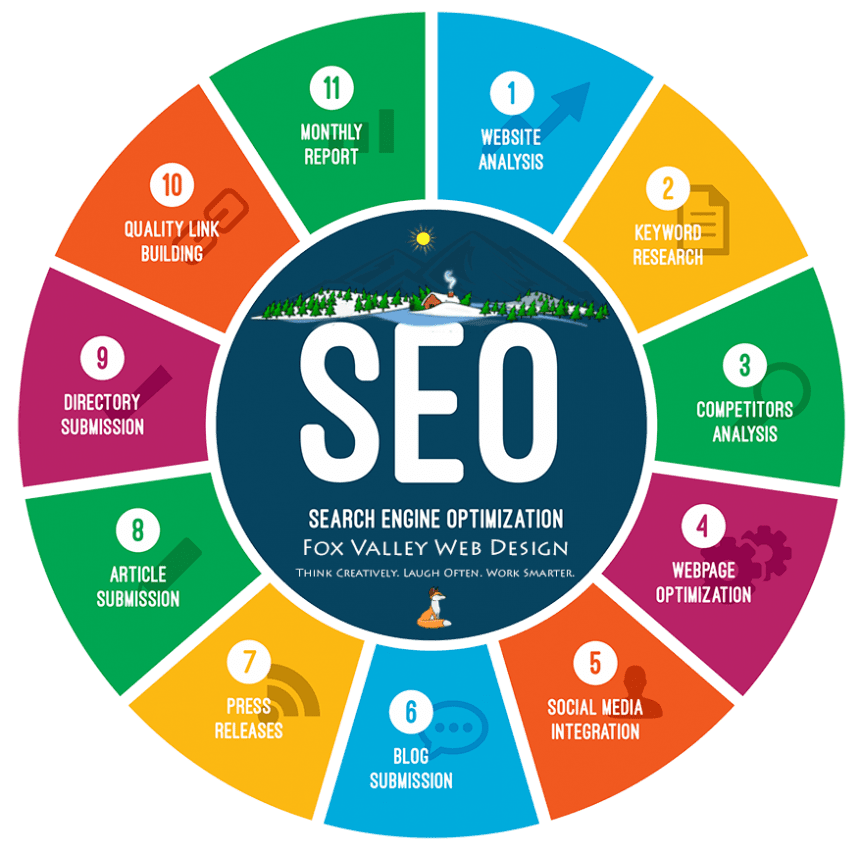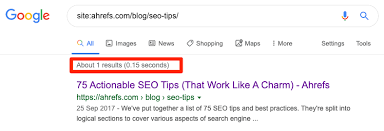Unlocking the Potential of SEO Sites for Enhanced Online Visibility
The Power of SEO Sites in Boosting Your Online Presence
In the digital age, having a strong online presence is crucial for businesses looking to succeed and thrive. One of the key tools that can help you achieve this is through SEO sites. Search Engine Optimization (SEO) plays a vital role in increasing your website’s visibility and driving organic traffic.
SEO sites are specifically designed to enhance your website’s performance in search engine results pages (SERPs). By implementing strategic keywords, optimizing meta tags, creating high-quality content, and building backlinks, SEO sites can significantly improve your website’s ranking on search engines like Google, Bing, and Yahoo.
Furthermore, SEO sites focus on improving user experience by ensuring that your website is fast, mobile-friendly, and easy to navigate. These factors not only please search engine algorithms but also attract and retain visitors to your site.
Another benefit of utilising SEO sites is the ability to target specific audiences based on their search queries. By understanding what your target audience is searching for and tailoring your content to meet their needs, you can attract qualified leads and potential customers to your website.
Moreover, SEO sites provide valuable insights through analytics tools that track key metrics such as traffic sources, bounce rates, and conversion rates. This data allows you to measure the effectiveness of your SEO strategies and make informed decisions to further optimise your site for better results.
In conclusion, incorporating SEO techniques into your website through dedicated SEO sites can have a profound impact on your online presence. By improving visibility, driving organic traffic, enhancing user experience, targeting specific audiences, and analysing performance metrics, SEO sites are essential tools for businesses looking to stand out in the competitive online landscape.
Essential FAQs About SEO: Understanding, Implementing, and Choosing the Right Platform
- What is SEO in a website?
- What is an SEO platform?
- How do I create SEO for my website?
- Can I do SEO for free?
- What is SEO for my website?
- Can you do SEO for free?
- Is SEO for free?
- What are the 7 types of SEO?
- Which site is best for SEO?
What is SEO in a website?
Search Engine Optimization (SEO) on a website refers to the process of enhancing the visibility and ranking of the site in search engine results pages. SEO involves various strategies and techniques, such as keyword optimization, meta tags, quality content creation, and link building, aimed at improving the website’s relevance to specific search queries. By implementing SEO on a website, businesses can attract more organic traffic, increase their online presence, and ultimately drive conversions. SEO is essential for ensuring that a website is easily discoverable by search engines and users alike, making it a fundamental aspect of successful digital marketing efforts.
What is an SEO platform?
An SEO platform is a comprehensive tool or software that offers a range of features and functionalities to help businesses improve their search engine optimisation efforts. It serves as a centralised hub for managing various aspects of SEO, such as keyword research, site audits, backlink analysis, content optimisation, and performance tracking. By providing valuable insights and data-driven recommendations, an SEO platform empowers users to make informed decisions to enhance their online visibility and drive organic traffic to their websites.
How do I create SEO for my website?
Creating SEO for your website involves a strategic approach to optimising various elements to improve your site’s visibility and ranking on search engine results pages. To create effective SEO for your website, you can start by conducting thorough keyword research to identify relevant keywords that your target audience is searching for. Incorporate these keywords naturally into your website’s content, meta tags, and headings. Ensure that your website is user-friendly, mobile-responsive, and loads quickly to enhance user experience. Building high-quality backlinks from reputable sites can also boost your site’s authority in the eyes of search engines. Regularly monitoring and analysing your site’s performance using tools like Google Analytics can help you track progress and make necessary adjustments to improve your SEO strategy over time.
Can I do SEO for free?
When considering the question “Can I do SEO for free?” it’s important to understand that while some basic SEO practices can be implemented at no cost, achieving significant results typically requires investment in time, resources, and expertise. Free SEO tools and resources are available to help improve your website’s visibility and performance, such as keyword research tools, Google Analytics, and SEO guides. However, a comprehensive SEO strategy that includes content creation, link building, technical optimisation, and ongoing monitoring often necessitates professional assistance or dedicated software that may come at a cost. Ultimately, while some aspects of SEO can be done for free, investing in quality SEO services can yield more substantial and sustainable results in the long run.
What is SEO for my website?
SEO, or Search Engine Optimization, for your website refers to the process of improving your site’s visibility and ranking on search engine results pages (SERPs). By implementing SEO strategies such as keyword optimization, meta tag enhancements, content creation, and link building, you can enhance your website’s chances of appearing higher in search results when users look for relevant information or products/services. SEO is essential for driving organic traffic to your site, increasing brand awareness, attracting potential customers, and ultimately boosting your online presence and credibility in the digital landscape.
Can you do SEO for free?
When it comes to SEO, the question of whether you can do it for free often arises. While it is possible to implement some basic SEO strategies without spending money, such as optimizing your website’s meta tags, creating quality content, and building internal links, achieving significant results typically requires investment in time, resources, and sometimes paid tools or services. Effective SEO involves ongoing efforts to stay ahead of competitors and algorithm changes, making it a continuous process that may benefit from professional expertise or dedicated software. Therefore, while some aspects of SEO can be done for free, a more comprehensive and sustainable approach usually involves a certain level of investment.
Is SEO for free?
When it comes to the question of whether SEO is free, the answer is not a simple yes or no. While it is true that SEO itself is not a paid advertising method like pay-per-click (PPC), it does require investment in terms of time, effort, and sometimes financial resources. Implementing effective SEO strategies involves tasks such as keyword research, content creation, on-page optimization, link building, and monitoring performance metrics. While these activities can be done without direct payment to search engines, they do require expertise and dedication to yield sustainable results. In essence, while the organic traffic generated through SEO is technically “free,” the resources required to implement and maintain successful SEO campaigns make it an investment rather than a completely cost-free endeavour.
What are the 7 types of SEO?
When it comes to Search Engine Optimization (SEO), understanding the different types of strategies is essential for maximising online visibility. The 7 types of SEO encompass various approaches to improving a website’s ranking on search engine results pages. These include on-page SEO, off-page SEO, technical SEO, local SEO, mobile SEO, e-commerce SEO, and voice search SEO. Each type focuses on specific aspects of website optimisation, such as content quality, backlink building, site structure, local business listings, mobile responsiveness, product visibility in online stores, and optimisation for voice search queries. By incorporating these diverse SEO tactics into a comprehensive strategy, businesses can enhance their online presence and reach their target audience effectively.
Which site is best for SEO?
When it comes to determining the best site for SEO, it’s essential to consider various factors that contribute to effective search engine optimisation. While there isn’t a one-size-fits-all answer to this question, the best site for SEO is typically one that prioritises relevant and high-quality content, implements strategic keyword usage, focuses on user experience and mobile-friendliness, builds authoritative backlinks, and regularly analyses and adjusts its SEO strategies based on performance metrics. Ultimately, the best site for SEO is one that continuously adapts to algorithm updates, engages with its target audience effectively, and consistently strives to improve its online visibility and ranking in search engine results pages.
